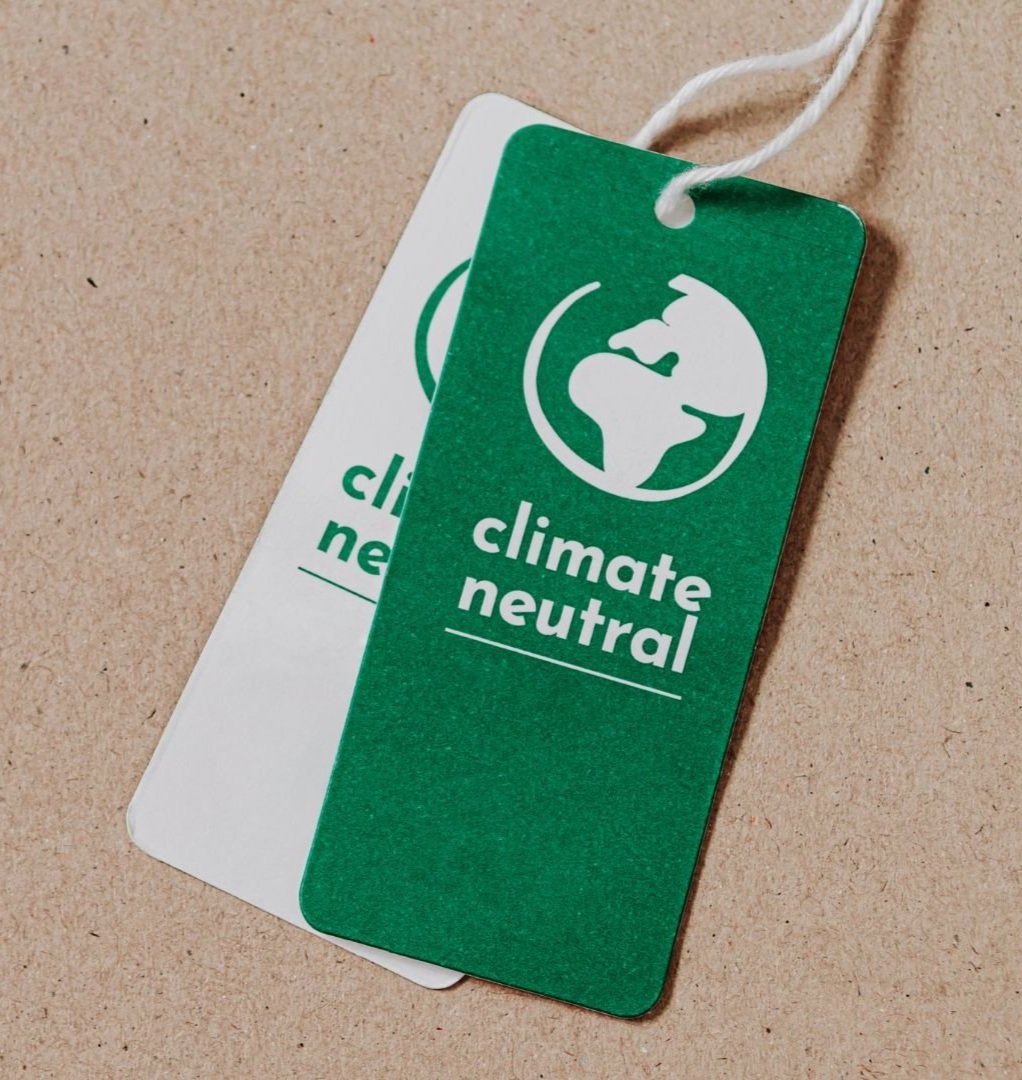They sound similar, they look similar. They are completely different. But we all feel good when buying clothes with one of these labels. Should we, though?
Recycled Means Giving a New Life. This Is What We All Know.
Recycled means “a second life for materials.” In fashion, this means that the fabric or material used in a product has been derived from pre-existing sources. These could be (just to name a few) discarded garments, textiles, or plastic bottles that have been transformed into new materials.
Recycled does NOT necessarily mean that they are also recyclable.
The “Recycled” Tag: What you should know.
The amount of recycled material in the garment: It’s better to have a truthful calculated lower percentage instead of a “green-washed” 100%
Look for certifications, such as GRS which ensures a minimum of 20% recycled material, or RCS, which ensures a minimum of 5%. Even if it looks like it’s not that much, it’s a start. When you can’t find any reference to the percentage. It’s legit to be suspicious.
Why is it so difficult to find a 100% truthful recycled material?
Currently, there is no textile-to-textile recycling at scale. This means that there are no recycling facilities able to take the full garment and recycle it.
This is immensely difficult as textile waste is a mix of everything and nothing. For it to be sorted, grinded, extruded, and spun, the required purity is never reached. Especially when there are small quantities of other materials. Even the dyes make this a difficult task.
But hey, there’s hope. Many companies are working on it.
There is not only one way of recycling, there are different methods addressing the different problems that come from recycling different materials. Therefore, a lot of companies are working and looking for solutions.
Texaid, for example, collects, sorts, repurposes, and downcycles. CETI, OST (IWK), and Agiplast focus on thermal-mechanical recycling. Plastogaz and DePoly focus on chemical recycling, and Rheiazymes on enzymatic recycling.
Nevertheless, one rule is still valid for all of the above: avoid mixing too many materials.
Recyclable: Designing for the Future.
On the other hand, "recyclable" refers to the potential of a material to be processed and remade into new products at the end of its useful life. Think of it as a promise of future sustainability.
When a product is labeled as "recyclable," it's an invitation for responsible disposal—a signal that the material can re-enter the production cycle instead of becoming waste. However, the potential for recycling largely depends on accessible recycling infrastructure, consumer behavior, and the design of the product itself.
What to look for when buying recyclable CLOTHES:
Recyclability strategy: Instructions at the end of life need to be clear. For example; Do I need to disassemble items from the garment before sending it back? (zipper, etc.), Is there an address to send it back to?
What do I need to keep as an end consumer: Return address? product passport?
technical clothes.
Recycling regular clothes is a challenge in itself, but recycling technical clothes is even more challenging due to the presence of a membrane that cannot be separated. Even though the membrane might be recyclable, it doesn't matter if it can't be disassembled first.
AT DIMPORA WE’RE WORKING TO SOLVE it and help outdoor brands on their sustainability journey.
The responsibility of recycling clothes is, like usual, a joint effort. But our contribution at dimpora is clear. Our membranes are recyclable, but the great news is that we’ve worked with fellow companies such as DePoly and Plastogaz, to solve the disassembling issue. After very promising trials, we made it possible to recycle our membranes together with textiles without separating them first.
Additionally, we’re also working on mono-material constructions.
TAKEAWAYS:
Transparency: Brands that are genuinely committed to sustainability will provide clear information about their materials and processes. Check for certifications or partnerships that vow for their claims.
Details: go beyond the buzzwords. Ask about the percentage of recycled materials used, the durability of the product, and its end-of-life possibilities.
Quality Over Quantity: A well-made item will have a smaller overall footprint if it lasts longer.
Circular Brands: Some brands are taking the lead in a circular fashion, creating products that are designed for easy disassembly and recycling.
Be Skeptical: Not everything labeled as "green" is sustainable. If something sounds too good to be true, it probably is.






